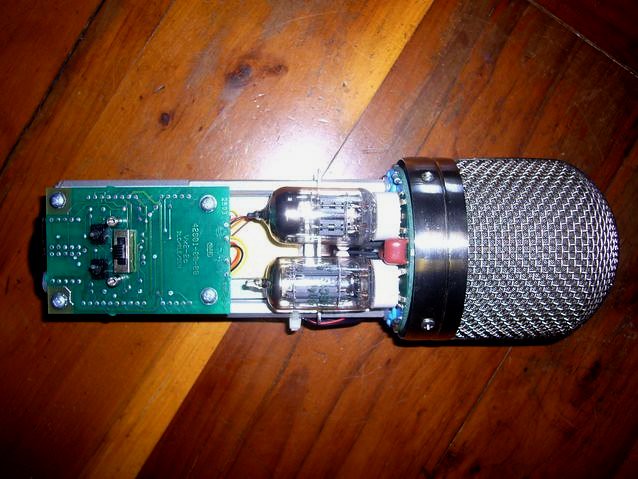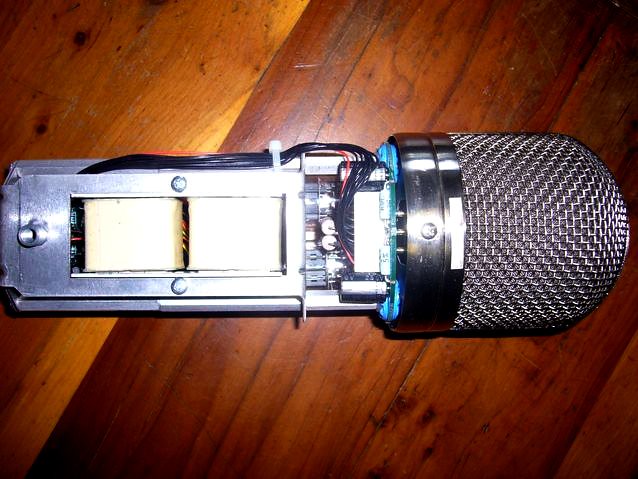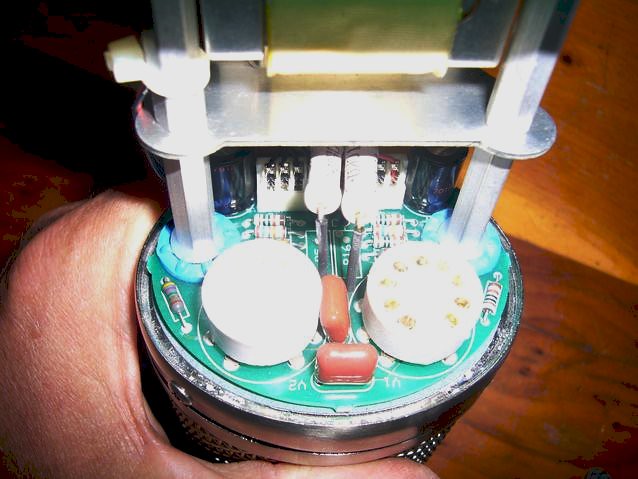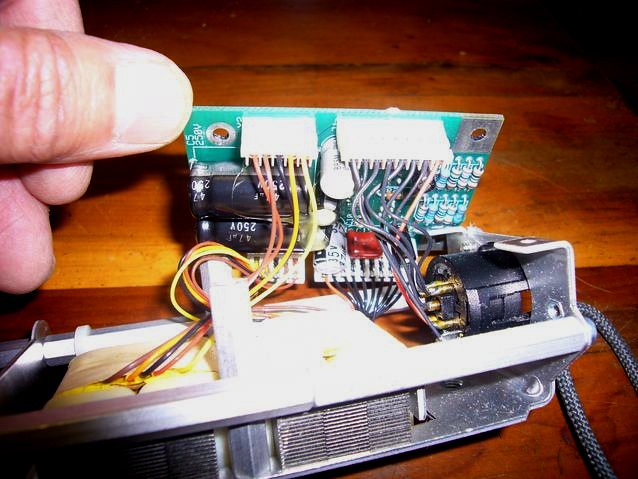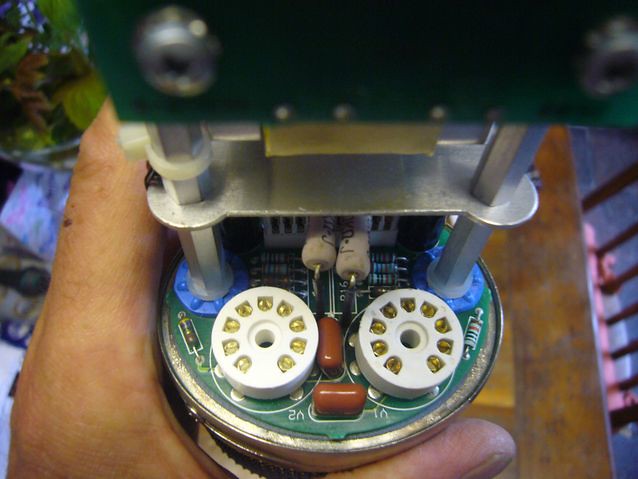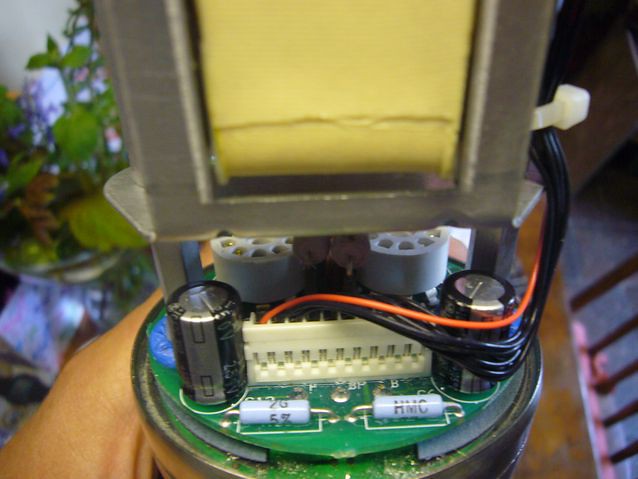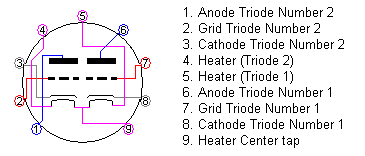mista min
Well-known member
- Joined
- Jan 21, 2011
- Messages
- 113
OK, so I don't own either one of these microphones and there was once a thread discussing one of these, but here are two schematics for two CAD tube mics. The no longer made, VX2 and the still manufactured Trion 8000
The VX2 schematic and owners manual
http://dl.dropbox.com/u/13352325/DIY/vx2_schematic.pdf
http://dl.dropbox.com/u/13352325/DIY/CAD%20VX2%20Owners%20manuel.PDF
Trion 8000 schematic, power supply and spec sheet
http://dl.dropbox.com/u/13352325/DIY/TRION%208000%20SCHEMATIC.pdf
http://dl.dropbox.com/u/13352325/DIY/PS120-SCHEMATIC.pdf
http://dl.dropbox.com/u/13352325/DIY/TRION_8000_spec.pmd.pdf
I hope we can discuss these mics a bit... since these designs are pretty interesting if you ask me. Also, could someone post pics of the insides of these mics... there is a thread about the 8000, but no more photos. Thanks you guys once again, this forum is helpful to many
Cheers!
Marcos
The VX2 schematic and owners manual
http://dl.dropbox.com/u/13352325/DIY/vx2_schematic.pdf
http://dl.dropbox.com/u/13352325/DIY/CAD%20VX2%20Owners%20manuel.PDF
Trion 8000 schematic, power supply and spec sheet
http://dl.dropbox.com/u/13352325/DIY/TRION%208000%20SCHEMATIC.pdf
http://dl.dropbox.com/u/13352325/DIY/PS120-SCHEMATIC.pdf
http://dl.dropbox.com/u/13352325/DIY/TRION_8000_spec.pmd.pdf
I hope we can discuss these mics a bit... since these designs are pretty interesting if you ask me. Also, could someone post pics of the insides of these mics... there is a thread about the 8000, but no more photos. Thanks you guys once again, this forum is helpful to many
Cheers!
Marcos




